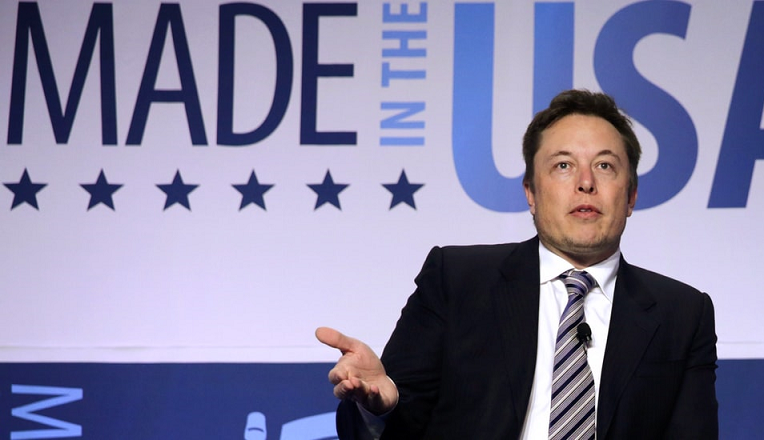Founded in 2003 by a group of engineers in Silicon Valley who wanted to prove that electric cars could be better than gasoline-powered cars and characterized by instant torque, incredible power, and zero emissions,
Tesla Motor’s product proved to have no parallels on the planet. As the years have gone by, the auto-energy innovative company continually stuns its customers and the world with cutting edge upgrades that make its products increasingly affordable and thrusting the organization even closer to achieving its mission
of: accelerating the world’s transition to sustainable transport, a goal that if or when realized would cut crude oil derivative energy consumption to a near zero (and further dampen the hopes of oil revenue – dependent countries).
In 2012, Tesla launched Model S, the world’s first premium electric sedan. Built from the ground up to be 100 percent electric. Noted for its genius of redefining the concept of four-door car with room for seven passengers, the Tesla S Model was named the 2013 car of the year by Motors Trend and earned a 5-star rating from the United States National Highway Traffic Safety Administration.
Barely two year later, 2014, Tesla’s CEO Elon Musk formally disclosed the two dual motor all-wheel drive configurations of Model S that further improved the vehicle’s handling and performance.
Typically, Tesla owners enjoy the benefit of charging at home so they never have to visit a gas station or spend a cent on gasoline and for long distance travels, make use of Tesla’s Supercharger network which provides convenient and free access to high speed charging, replenishing half a charge within 20 minutes.
Now not unconventional of the auto leader’s non-complacent culture, it takes another leap for a proposed merger with the Asian electronic giant, Panasonic. Tesla announced on Sunday that it will team up with Panasonic to make the photovoltaic cells used in solar panels, if shareholders clear the merger with Solar City.
Although many claim that the merger is inspired by Tesla’s plan to buy up Solar City, a company which the Auto Dealer’s CEO, Elon Musk already holds 20% shares, the impact of this merger on the world’s energy future can only be imagined.
As evident by an announcement made by the CEO on Twitter last month just a few days before Tesla and Solar City are supposed to reveal a roof built entirely from solar panels that connects to Tesla’s Powerwall 2.0 battery, and can charge Tesla’s electric vehicles.
In the words of Elon Musk, “Aiming for Oct 28 unveil in SF Bay Area of new Tesla/SolarCity solar roof with integrated Powerwall 2.0 battery and Tesla chargerâ€. What more do we expect from our auto and energy companies around the world than such bold and practical initiatives towards creating a less dependence on an energy source that continually destroys our planet.





